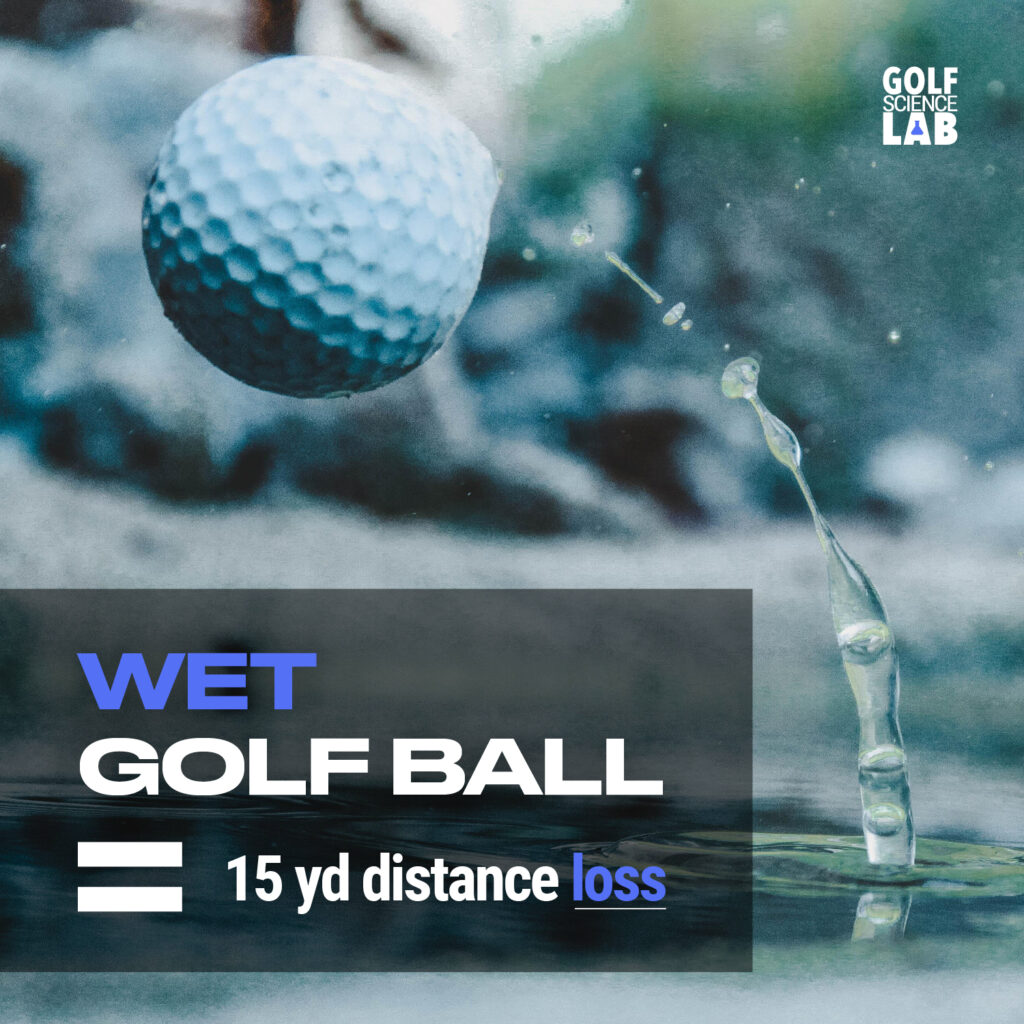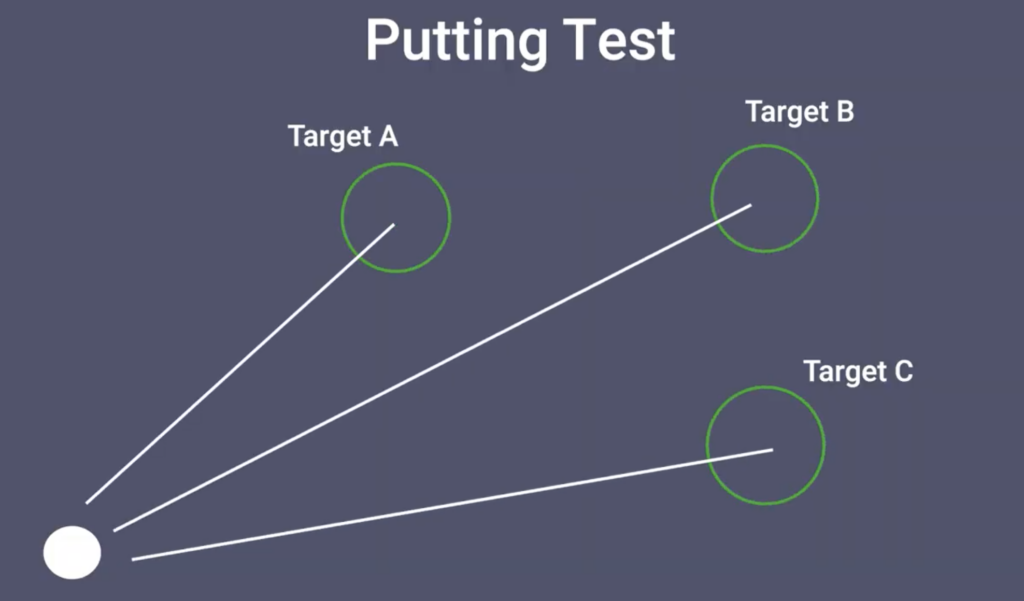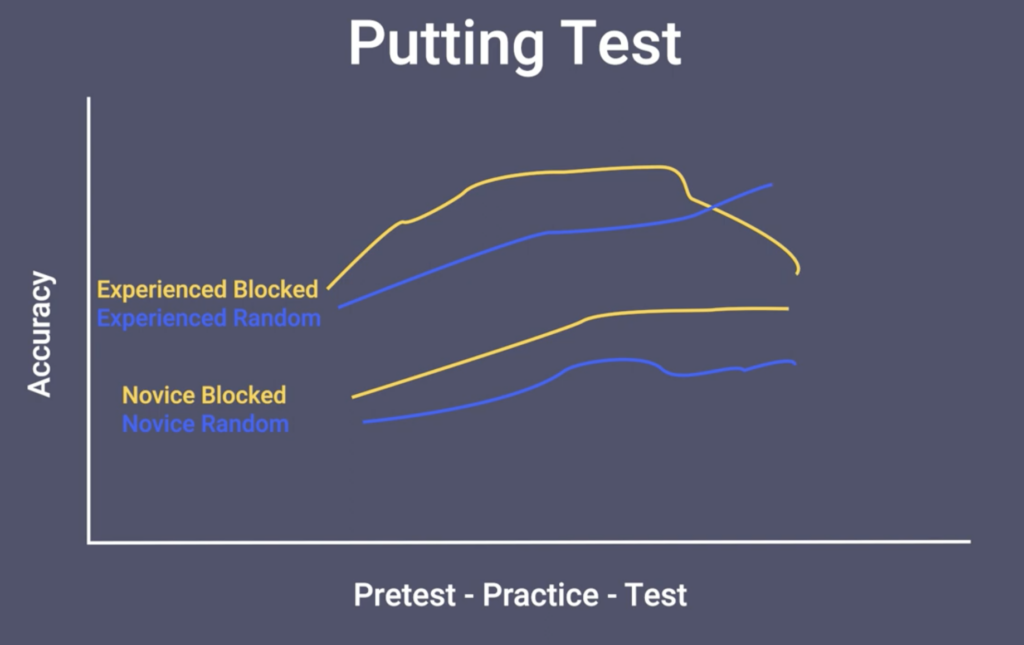We’re going to breakdown a recent study that is pretty relevant for all of us because increasing driving distance by 20 yards lowers scores by 0.7 strokes!
We’ve all probably heard that we’re looking for high launch and low spin…
BUT there are plenty examples of great golfers who don’t stick with that commonly understood best practice.
In this study by combining an impulse momentum model and a trajectory model, they were able to determine practical driver launch and spin recommendations for golfers with different angles of attack and ball speeds.
Optimal spin rate is primarily driven by a golfer’s angle of attack.
Here’s what they found…
- There is no one-size-fits-all solution: Contrary to popular belief, high launch and low spin may not be ideal for everyone.
Optimal launch and spin conditions depend on individual factors such as angle of attack and ball speed.
- Angle of attack drives optimal spin rate: The study shows that a golfer’s angle of attack primarily determines the optimal spin rate.
For example, low launch and high spin is the optimal solution for golfers with negative angles of attack.
- Playing conditions matter: Further refinement of the recommended optimal launch and spin depends on the golfer’s playing conditions, such as temperature, altitude, fairway firmness, and carry versus total distance preference.
|
|
What should you do about this?
- What is your average angle of attack and ball speed?
- Line them up with this study and use the above chart
- Test and adjust your driver to try and land in optimal ranges.
Really interesting insights here you might not be familiar with yet!
Curious what you find out when comparing your data to this study. Let us know!
You can find the full abstract over on the Golf Science website here: “DETERMINING OPTIMAL LAUNCH AND SPIN TO MAXIMIZE DRIVER DISTANCE” by Chris Broadie, Erik Henrikson
The post Dialing in the your best driver launch and spin appeared first on Golf Science Lab.










 Foam Golf Ball – Swing change practice list
Foam Golf Ball – Swing change practice list Key Training Insights:
Key Training Insights:
 Use coupon code
Use coupon code 







